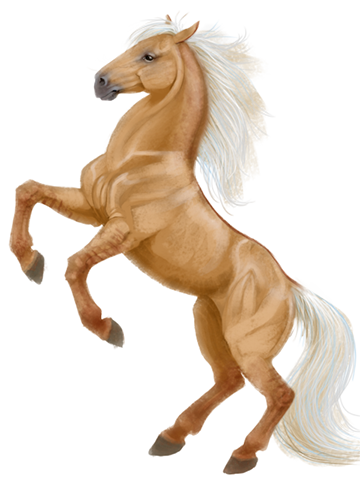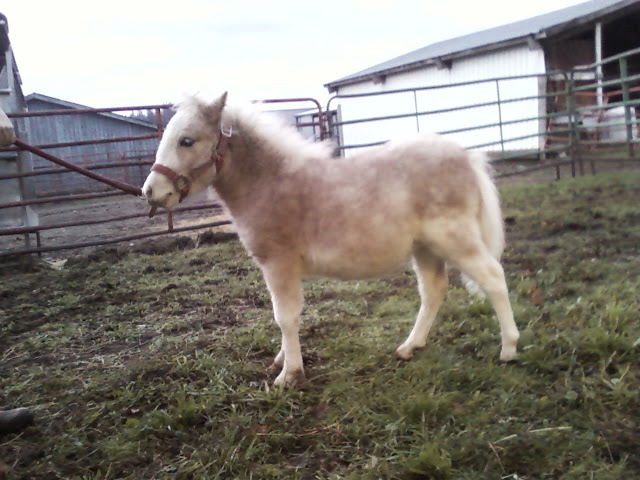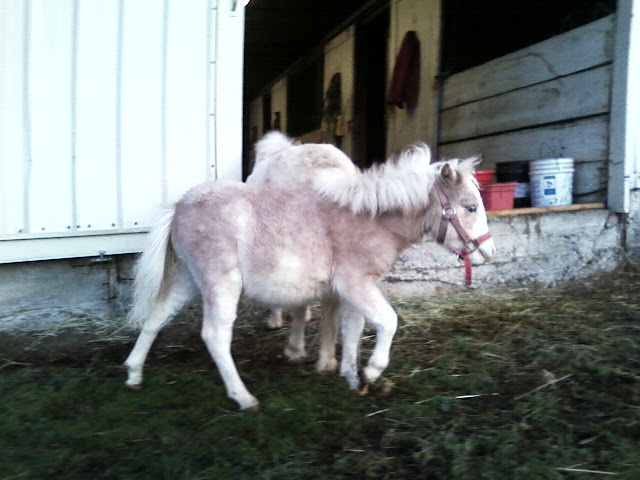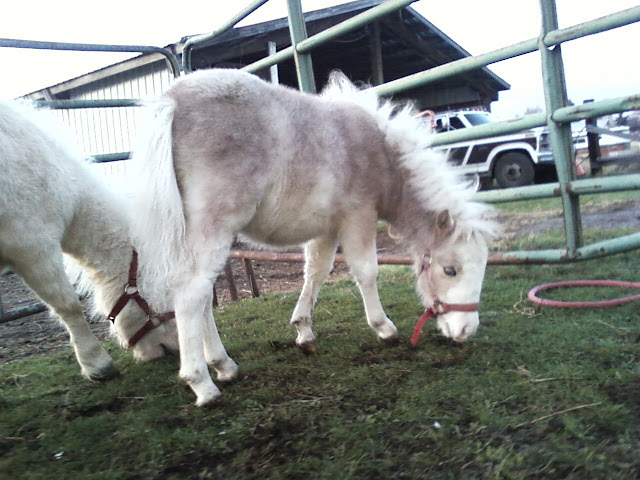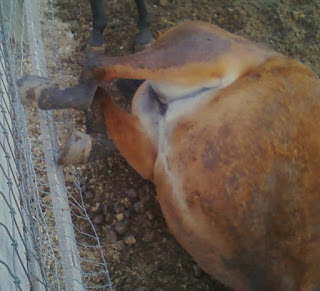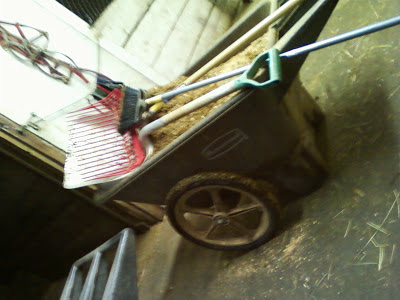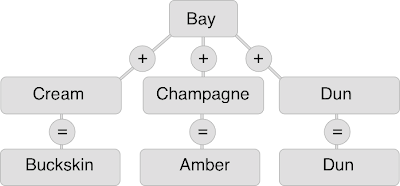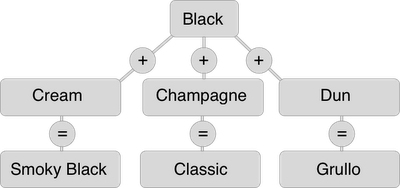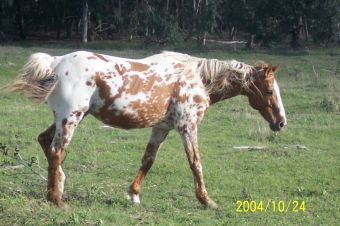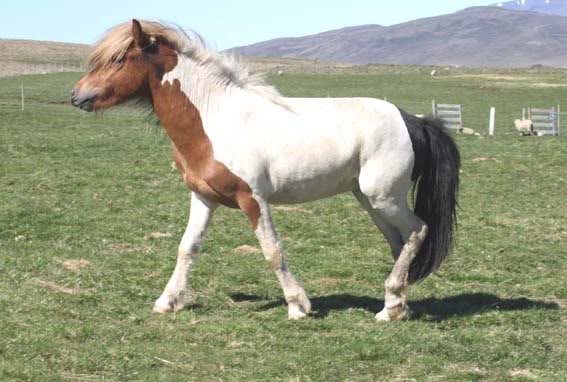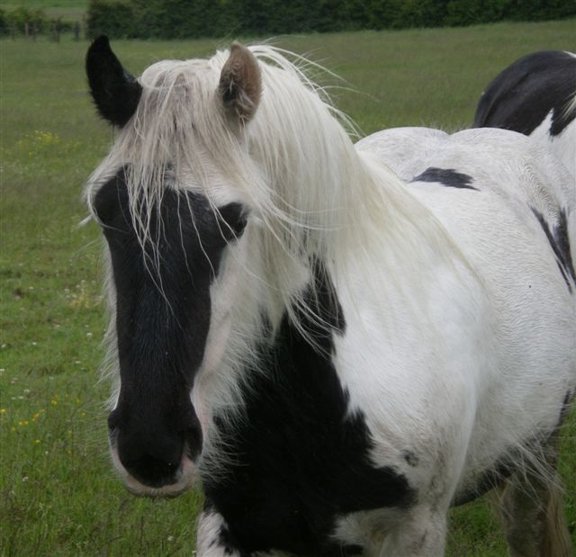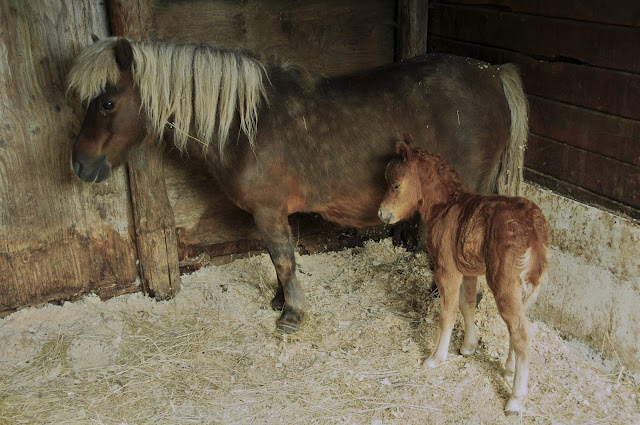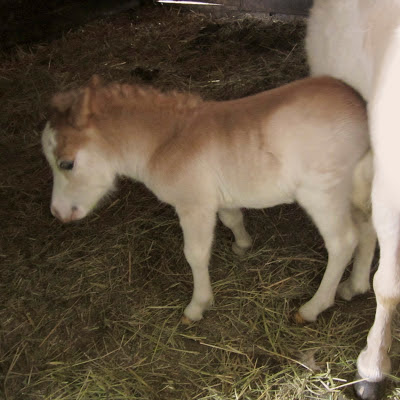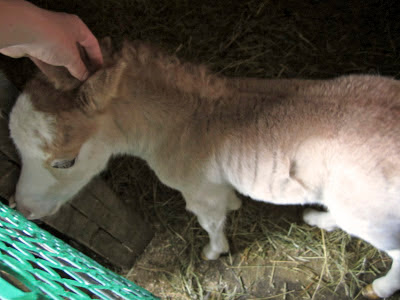Anyway, I'll get on to my point, but just wanted to say that. (: Even though most of the views seem to be coming from myself, that's still cool, and thank you for reading this. :) Don't leave yet, please!
So, why would someone even want a miniature horse? You cannot ride them (unless you weigh around 50 pounds or less), and they're almost not even a horse, but...they are a horse. They have the same normal instincts as horses, can have the same illnesses, and are basically a shrunken horse. However, that's what causes the main differences- the lack of large size results in different uses than a big horse.
In a way, Miniature's are almost more of a companion than real horse. The only transportational use they have is only enabled if they are trained to drive (as in, pull a cart). Other than that, they're just for chilling with.
Their size does have its advantages, though. They eat less, require less space, are cheaper to buy, use less wormer, and would work splendid as a very young horse crazy girl's horse. I mean, think about it. If you had an eight year old girl, would you rather entrust her to a trained giant (comparably) horse, that she can barely lead around, OR a trained Miniature horse, that's just her size? Personally, I'd choose the latter. Besides, it hurts a lot less when a Mini's hoof lands on your foot.
To me, I think of a mini as a good start to being around horses, an awesome horsey companion, and a great opportunity to get into training horses and the like. Oh yeah, another neat thing about Minis? They're actually used as sight guides for those whom are blind.
Just one more advantage of the Miniature horse- it seems they would work great as a therapy horse. Or a good way for a horse-liking person who is scared of big horses to overcome their fear.
Anyway, that's all. :) Here are some pictures of some Miniatures that we showed at the fair.
 |
| Angel Eyes, the Miniature that I showed. Doesn't her profile almost look like a Thoroughbred here? |
 |
| Angel has a beautiful tail, even if I do say so myself. |
 |
| Toy, another Miniature mare, and a champ at showing. |
 |
| Warrior, our double-stuffed oreo cookie stud. |
